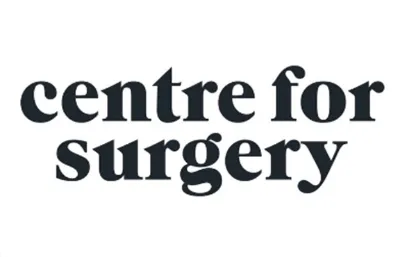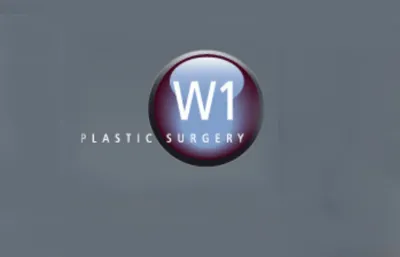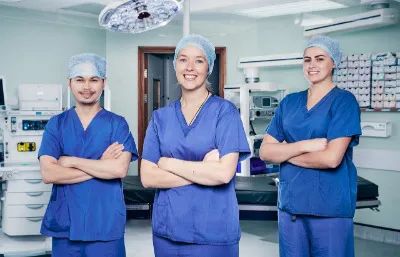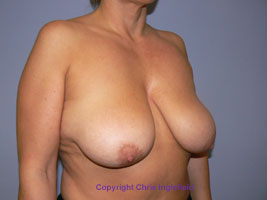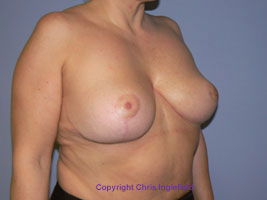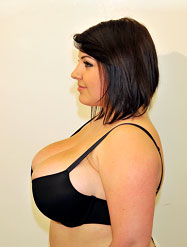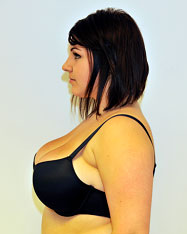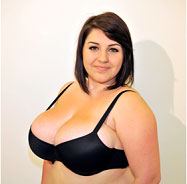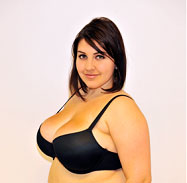At your first consultation with a surgeon, you should clearly set out what you expect from the surgery and how you would like to look afterwards.
The surgeon will want to know exactly why you want to have your breasts reduced in size and it is important that you discuss this openly and in full detail. The surgeon will then examine your breasts and measure them while you're sitting or standing. He or she will discuss the factors that may affect the operation, such as your age, the size and shape of your breasts, and the condition of your skin. You should also discuss where the nipple and areola (the brownish area around the nipples) will be positioned.
A medical history should be taken, to make sure that there are no reasons why you shouldn’t have the surgery. You would normally be asked to read the information contained in a consent form and sign to say that you have understood the potential benefits and risks associated with breast reduction surgery.
Photographs may also be taken by the practitioner for a “before and after” comparison at a later date.
The surgeon may wish to write to your G.P. giving details of the operation so that if there are any problems associated with surgery in the short or long-term, the G.P. is aware of the procedure and can help with your recovery.
Anaesthesia
Breast reduction surgery is nearly always performed under a general anaesthetic. In some cases, your surgeon may advise the use of a local anaesthetic, combined with a sedative to make you drowsy, so that you remain awake but feel very little discomfort during the operation.
Remember that any general anaesthetic has its own small risks attached to it and your surgeon should discuss them with you before any decisions about the operation are made.
The operation
Your breast lift would usually be performed in a hospital and does not normally require an overnight stay. The procedure would normally take between two and four hours.
There are various techniques used for breast reduction, but the most common involves cutting around the areola, down the breast and then underneath the breast along the natural curve of the crease beneath the breast. The cut is sometimes referred to as being shaped like an anchor.
The surgeon removes excess tissue and skin, and moves the nipple and areola into their new positions. Skin from both sides of the breast is then pulled down and around the areola, making the new shape of the breast. Any excess fat can then be removed with the use of liposuction in the armpit area. A tube is put into the armpit and the fat is simply sucked out through it.
In most cases, the nipples remain attached to their blood vessels and nerves as they are being moved. However, if the breasts are very large or heavy and drooping, the nipples and areolas may have to be completely removed and grafted into a higher position. (This will result in a loss of sensation in the nipples and areola.)
Stitches usually go round the areola, in a line down the breast, and then underneath the breast in the lower crease.
In some cases, techniques can be used that remove the need to cut vertically down the breast. Hence, causing much less scarring.
Occasionally, when only fat needs to be removed, liposuction alone can be used to reduce breast size, leaving very few scars. This is more appropriate in younger patients.











